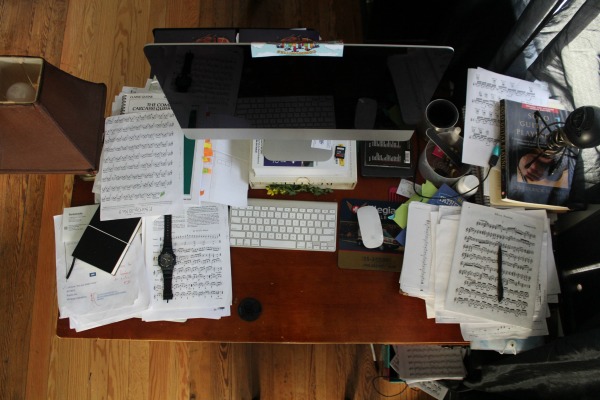How to Get Organized Part 1: To-Do Lists

It’s easy to feel overwhelmed at work or in life. One way to calm these stressful feelings is to get more organized. But the big question is: how to get organized. As author Gretchen Rubin says, “Outer order contributes to inner calm.” The fact is when we are organized, suddenly staying focused and meeting deadlines becomes much easier. And getting organized (and feeling less stressed) kind of generates a snowball effect, because it also allows us to be more productive and efficient — and who doesn’t aim to get just a few more things done each day?
Getting organized can seem like a daunting task, because you may already be behind on a deadline, and the last thing you want to do is take time that you don’t have to get yourself organized. But, honestly, taking a few extra minutes (or hours) to do so before moving forward on a project or task can save hours, maybe even days of mismanaged time and wasted energy.
Some people seem to be born with natural organizational skills, while others continually struggle with it. One way to become more organized is to assess yourself, your work style, and gain an understanding of what works for you and what does not. For me, one of the key foundations for getting (and staying) organized is list making.
How to Get Organized Using Lists
Personally, I live and die by lists. Writing things down frees up space in my brain and provides a sense of order. And with all of today’s gadgets, it’s easy to find a method of “list making” that will work for you, like a smartphone app or typing up a list in a text document or spreadsheet. Or go old school and simply use a notepad and pen check this out. It’s amazing how my feelings of being overwhelmed can dissipate once I break a big project down into an orderly list format. And, man, does it feel great to cross items off of a list as I complete them!
As you start your list, begin at the highest level — the project. Write down each of the tasks (large and small) that you’ll need to do in order to complete the project. Then think about the best way to categorize and prioritize these tasks. Decide whether you should prioritize by deadline or by how much time the task will require to complete.
Once you have your list made, it’s important to identify any obstacles or impediments — details or resources you require or people you depend on that might prevent you from meeting your deadline — and plan accordingly. Sometimes, we are our own impediment. We often avoid or put off tasks that we do not enjoy or that are especially challenging for us, which is often at the root of procrastination. To prevent this, when reviewing your list, assess whether there are tasks that can be delegated to others. Or, alternatively, identify the tasks you are least looking forward to doing and get them done first when you’re most likely to have the most motivation and momentum for the project. And then they are out of the way and you are free to accomplish the rest of the tasks that you don’t mind as much. Just make sure to keep in mind the deadlines for completing each task.
-Brianna Sheck
Account Executive & Organization Wiz, SJ Marketing
For more tips and best practices for getting and staying organized, be sure to check out part 2:
How to Get Organized Part 2: Calendars, Inboxes & Deadlines
